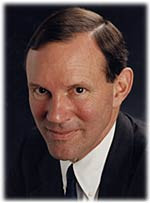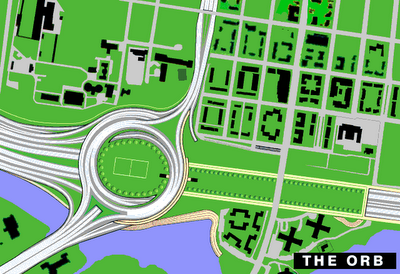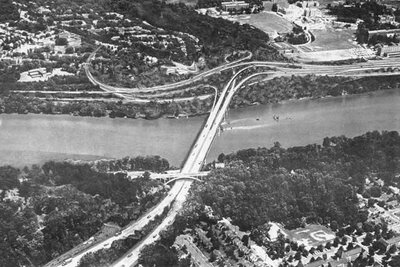The Federal City Council’s Questionable ‘Support’ of D.C. Freeways
with 'support' as this, one can see why the highways did not get built!
Prioritizing opposing delays, meaning support for earlier far more destructive plans rather than wait a few months for an alternative plan.
The Federal City Council was founded in 1954, as an organization focused upon the planning of Washington, D.C. , ostensibly as an alternative to the Committee of 100 on the Federal City, Their web site boasts they involve themselves with the biggest projects – a claim juxtaposed with a picture of a statute of a lion, suggesting an indifference to smaller projects – with a mention of their supporting the construction of the WMATA subway system.
Its first major venture was the SW D.C. ‘urban renewal’ plan’ that included the SW Freeway.

Perhaps its most prominent official amongst the MSM is Donald Graham, executive publisher of The Washington Post: the newspaper that lies about the feasibilities of DC freeways, and which infamously did not report on the 1990s Extending the Legacy South Capitol Mall.
LINK-
WP Lies About D.C. I-95
LINK-
WP continues to Lie- false claim of 200,000 dwellings when it was but 1,065
LINK-
Media Non-Reporting NCPC South Capitol Mall
LINK-
Media Non-Reporting Abortion of NCPC South Capitol Mall
Given such a performance, Graham’s presence can hardly inspire confidence in the Federal City Council nor any other entity ostensibly devoted to Washington DC planning.
Unmentioned is their past questionable (Hegelian dialectic style) ‘support’ for constructing a fairly comprehensive inside the Beltway-Washington DC freeway system: note how I-95, I-66 and I-295 are truncated.
Such ‘support’ centered upon their opposition to *delaying* highway construction, as it meant going with highly unpopular, infinitely far more invasive highway designs/routings, rather then far more politically and environmentally sensible designs already on the drawing boards, was self defeating.
This was most true with the mystery of the political subversion of John F. Kennedy’s B&O Route North Central Freeway. It would have gone alongside Catholic University of America (which really did not want it anywhere near them, with CUA strangely silent on proposals to cover the freeway). And to this day CUA opposes proposals to cover this railroad corridor, evidencing an attitude that they like CUA being isolated from the neighborhoods to the east.
And it was also true with the Federal City Council's opposition to the K Street Tunnel concept for cross-town D.C. I-66, favoring instead the infamous 1955 plans.
From Freeways in the National Capital Region, by the Federal City Council, April 1966
"... The delaying effects of these new questions extend throughout the entire proposed road network."





And to think that this would be more months before the November 1966 publication of the Supplementary North Central Freeway that essentially followed the John F. Kennedy prescription , and also featured the I-66 K Street Tunnel alternative.

The Federal City Council position was remarkably similar to the Little report except for their spin upon their pessimism, with the former decrying delays and the latter decrying the supposed impracticalities, such as the need to as a start further develop the design of the I-66 K Street Tunnel's connections with the other segments.
 Would lower a portion of Route 355 Wisconsin Avenue.
Would lower a portion of Route 355 Wisconsin Avenue.
































